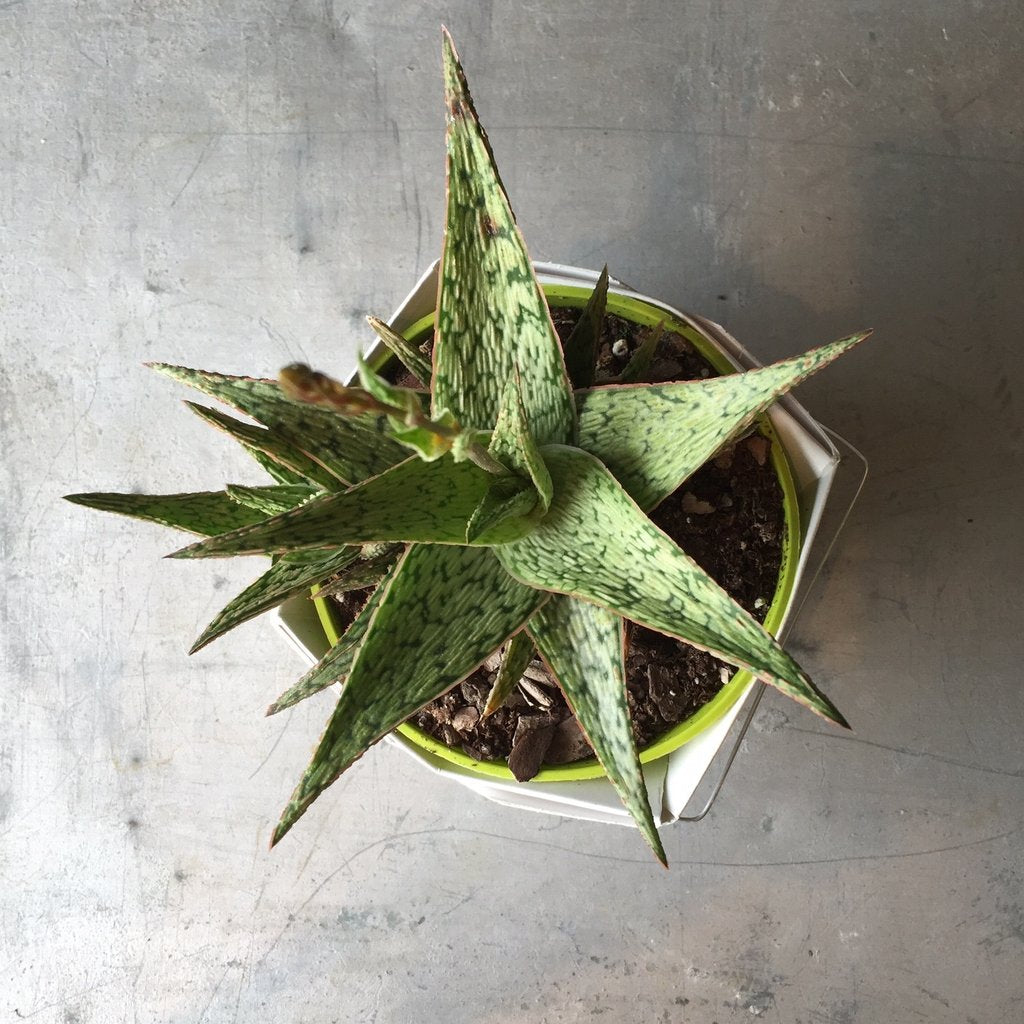Pothos Plant Care & Varieties Guide

Pothos plants have become a favorite among houseplant fans, and it's easy to see why. These plants are not only beautiful but also incredibly easy to care for, making them perfect for both beginners and experienced plant owners. With their lush, trailing vines and bright leaves, pothos plants can add a touch of greenery to any space. They come in a variety of types, each with its own unique charm, and their low-maintenance nature makes them a popular choice for indoor gardening.
In this guide, we'll explore the essentials of pothos plant care and introduce you to the different varieties you can choose from. Whether you're looking to add some nature to your home or office, or you're planning a special event with Spruce Flowers and Events, pothos plants offer a flexible and appealing choice.
Understanding Pothos: Origin and Significance
Pothos plants, scientifically known as Epipremnum aureum, originate from the tropical regions of Southeast Asia. These plants have a long history and are often associated with wealth and luck. Known for their strength and flexibility, pothos have been cultivated for centuries, and their popularity continues to grow worldwide.
To learn more about the background of these fascinating plants, you can explore the detailed information available on Pothos | Description & Facts | Britannica. This resource provides a comprehensive look at the species and their significance in various cultures.
As we delve deeper into the care and varieties of pothos, you'll discover why these plants are cherished by so many and how they can bring a sense of tranquility and beauty to your surroundings.
The Basics of Pothos Plant Care
Pothos plants are beloved for their easy-going nature and lush, trailing vines. To keep your pothos thriving, it's important to understand their basic care needs. Here's a simple guide to help you:
- Light Requirements: Pothos plants prefer bright, indirect light but can adapt to low-light conditions. Avoid direct sunlight, as it can scorch the leaves.
- Watering: Allow the soil to dry out between waterings. Overwatering can lead to root rot, so it's better to water less often than more.
- Soil: Use a well-draining potting mix. A blend of peat moss, perlite, and pine bark works well.
- Potting: Choose a pot with drainage holes to prevent water from building up at the bottom.
- Pruning: Trim back long vines to encourage bushier growth and remove any yellowing leaves to keep the plant healthy.
Health Benefits of Having Pothos Indoors
Beyond their beauty, pothos plants offer several health benefits, particularly in improving inside air quality. According to Piedmont Healthcare, indoor plants like pothos can help purify the air by removing toxins such as formaldehyde and benzene.
Here are some health benefits of keeping pothos in your home:
- Air Purification: Pothos are known to filter out common household toxins, making your indoor environment healthier.
- Humidity Control: They can help maintain indoor moisture levels, which is beneficial during dry seasons.
- Stress Reduction: Having greenery around can reduce stress and promote a sense of well-being.
Incorporating pothos into your living space not only enhances the decor but also contributes to a healthier home environment.
Exploring Pothos Varieties
Pothos plants are beloved for their beauty and ease of care, but did you know there are several varieties to choose from? Each type offers unique features and requires slightly different care. Here are some popular pothos varieties to consider:
- Golden Pothos: Known for its heart-shaped leaves with golden-yellow variegation, this variety is a classic choice. It's incredibly hardy, making it perfect for beginners. Ensure it gets bright, indirect light for best coloration.
- Marble Queen: This variety boasts beautiful white and green mixed leaves. It prefers a bit more light to maintain its striking variegation. Regular pruning helps keep its growth in check.
- Neon Pothos: With its vibrant, lime-green leaves, the Neon Pothos adds a splash of color to any room. It thrives in moderate light but can tolerate low light conditions, though it may lose some brightness.
Each variety brings its own charm and can fit into different home or office settings. By understanding the specific needs of each type, you can enjoy a lush and healthy pothos plant. Explore our collection of plants to find the perfect pothos for your space.
Common Pests and How to Protect Your Pothos
While pothos plants are generally easy to care for, they can sometimes attract pests. Here are some common pests that may affect your pothos and how to tackle them:
- Spider Mites: These tiny pests can cause leaves to become speckled or webbed. To deal with them, regularly mist your plant and wipe leaves with a damp cloth.
- Mealybugs: These appear as small, white cotton-like masses on stems and leaves. Remove them by wiping with a cotton ball soaked in alcohol.
- Scale Insects: These pests look like small, brown bumps on the leaves or stems. Gently scrape them off with a fingernail or use neem oil as a natural insecticide.
For more natural solutions to common houseplant pests, check out this guide. Regularly inspecting your pothos and maintaining a clean environment can prevent infestations before they start.
Encouraging Growth and Propagation of Pothos
Growing pothos plants is a rewarding experience, and encouraging their growth is simpler than you might think. Here are some effective methods to ensure your pothos thrives:
- Provide Enough Light and Water Wisely: Pothos plants prefer bright, indirect light and should be watered only when the soil is dry. Overwatering can lead to root rot.
- Feed Occasionally: Use a balanced liquid fertilizer every 4-6 weeks during the growing season to support healthy growth.
- Prune Regularly: Trim back long vines to encourage bushier growth and remove any yellowing leaves to keep your plant looking its best.
Propagating pothos is a fun and easy way to grow more plants or give to friends. Follow these simple steps:
- Choose a Healthy Stem: Select a vine with at least 3-4 leaves and a couple of nodes (the small bumps where leaves and roots grow).
- Cut and Prepare: Use clean scissors to make a cut just below a node. Remove the bottom leaf to expose the node.
- Root in Water or Soil: Place the cutting in a jar of water or directly into moist potting soil. If rooting in water, change the water weekly.
- Wait for Roots: In a few weeks, roots should develop. Once they're a couple of inches long, transfer to a pot if you started in water.
By following these steps, you can easily propagate pothos and enjoy the satisfaction of growing new plants.
Summary and Invitation to Explore More
In this guide, we've explored the essential aspects of pothos plant care and the diverse varieties available. From understanding their origin to learning care tips, and even propagating new plants, pothos offer both beauty and benefits to your indoor space. Their ability to improve air quality and their easy-going nature make them a perfect choice for any home or office.
We invite you to consider adding pothos to your collection, whether for personal enjoyment or as a nice gift. At Spruce Flowers and Events, our passion for quality and personalized service ensures that you receive only the best plants and floral arrangements. Explore our offerings and let us help you bring the joy of plants into your life. For more options, visit our tabletop plants collection and vases collection to complement your pothos.



Comments